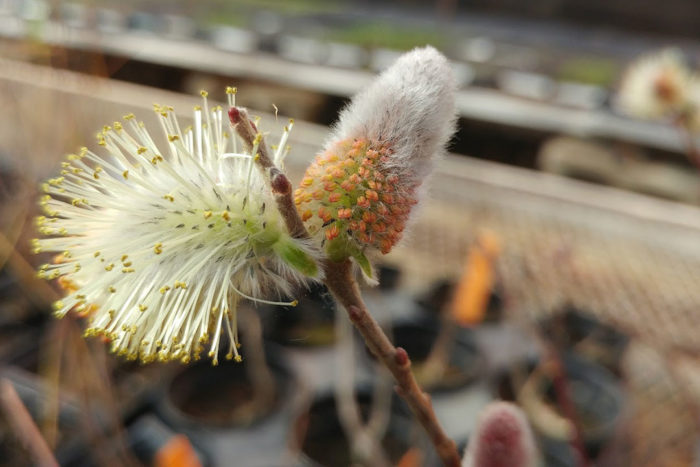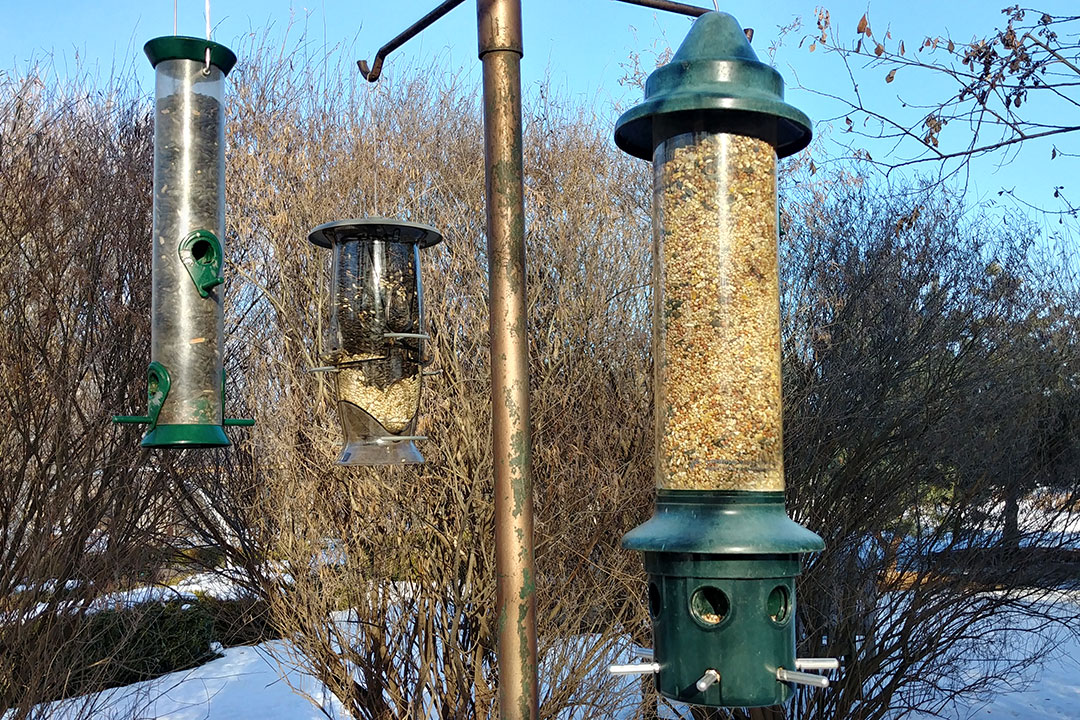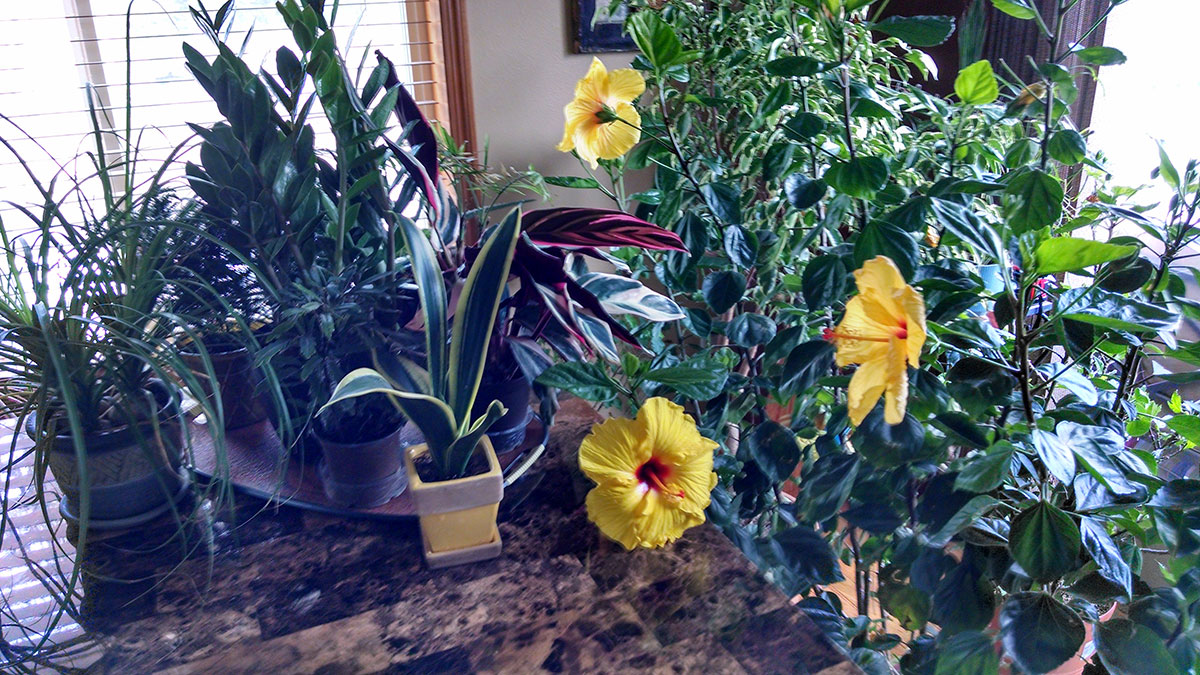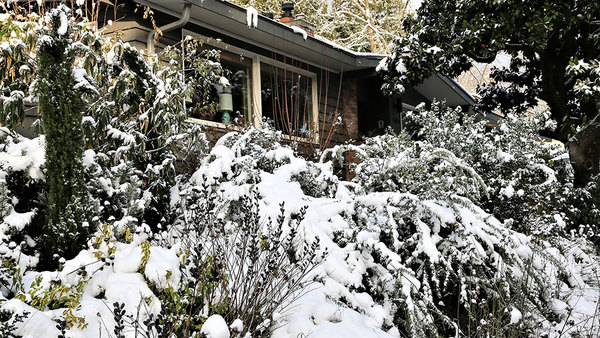
Force branches into flowering. Spring isn’t too far off, but those of us who are getting impatient to see some spring color can meet that need by taking branches from our favorite spring-blooming trees and shrubs and forcing them indoors. Fruiting trees such as crabapple (Malus spp. and cvs., Zones 4–8), cherry (Prunus spp. and cvs., Zones 3–7), pear (Pyrus spp. and cvs., Zones 4–9), apple (Malus spp. and cvs., Zones 4–8), and serviceberry (Amelanchier spp. and cvs., Zones 4–9) can be forced into bloom, as can forsythia (Forsythia spp. and cvs., Zones 3–8), magnolia (Magnolia spp. and cvs., Zones 4–10), pussy willow (Salix discolor, Zones 4–8), and rhododendron (Rhododendron spp. and cvs., Zones 4–8). In fact, even silver maple (Acer saccharinum, Zones 3–9) can be forced into bloom. When was the last time you stopped to admire the flowers of a maple tree?

Keep your seeding schedule on track. Keep growing perennials and slow-growing annuals. Spring may still seem far away, but certain plants need to be started now. Here are a few selections to start in February to ensure the perfect timing to plant out in spring:
- Begonia (Begonia spp. and cvs., Zones 8–11)
- Ornamental peppers (Capsicum spp. and cvs., Zones 9–11)
- Vinca (Catharanthus spp. and cvs., Zones 10–11)
- Blanket flower (Gaillardia spp. and cvs., Zones 3–10)
- Baby’s breath (Gypsophila spp. and cvs., Zones 4–9)
- Lavender (Lavandula spp. and cvs., Zones 5–9)
- Blazing star (Liatris spp. and cvs., Zones 3–8)
- Fiber-optic grass (Isolepis cernua, Zones 8–11)
- Lupine (Lupinus spp. and cvs., Zones 4–8)
- Bee balm (Monarda spp. and cvs., Zones 2–10)
- Poppy (Papaver spp. and cvs., Zones 3–9)
- Zonal geranium (Pelargonium spp. and cvs., Zones 9–12)
- Penstemon (Penstemon spp. and cvs., Zones 4–9)

Design your garden. By now you’ve probably had enough of winter and don’t want to think about the weeks and months we’ve got to go before the spring thaw. To preoccupy yourself until then and provide a jump-start to the season, gather your notes from last year and any inspiring material for this year into a design for your landscape. Begin by completing a site inventory and analysis of the space. Combine a sketch of the site with dimensions and supporting pictures, together with notes on strengths, weaknesses, and opportunities. Note the following things: obstructions above and below the site, sun and shade, hardiness and microclimates, wind, traffic flow of people walking, soils, drainage, wildlife, and existing plant material. Once you have that information down, you can move on to the design phase. When working on your design, consider the following principles: personal style, maintenance, flow, scale and proportion, repetition, balance and symmetry, color, form, and texture. You have plenty of time to work out the details before Old Man Winter relinquishes his grip.

Feed your feathered friends. Depending on the amount of snow on the ground, this time of year can prove to be difficult for birds to find adequate food sources. Keeping your bird feeders filled with fresh seed or suet will encourage them to stick around and hopefully take up residence in the area when spring arrives, thus assisting you with insect control in your garden during the growing season.

Feed your houseplants. The growing season hasn’t quite started outdoors yet, but your houseplants have surely started to notice the days getting longer and are beginning to grow a little quicker. To meet the needs of your growing houseplants, apply a liquid fertilizer at half strength until growth begins to accelerate, at which time full strength can be used. If you prefer a slow-release fertilizer, apply a top dressing according to directions.
—Chris Schlenker is the head gardener of McCrory Gardens at South Dakota State University in Brookings, South Dakota.


















Comments
An important part of planning a garden is understanding its light and shade. This has become much easier with the introduction of a new app: "Sun and Shade Analyzer". Go to any location in your garden, use the app to scan the surroundings, and in a few seconds, it will tell you the average hours of sunlight at this location over your growing season! You can even enable "foliage simulation" so that you can take measurements in the winter.
For more details, visit https://play.google.com/store/apps/details?id=com.hookmountain.sasha.paid.release.
Log in or create an account to post a comment.
Sign up Log in